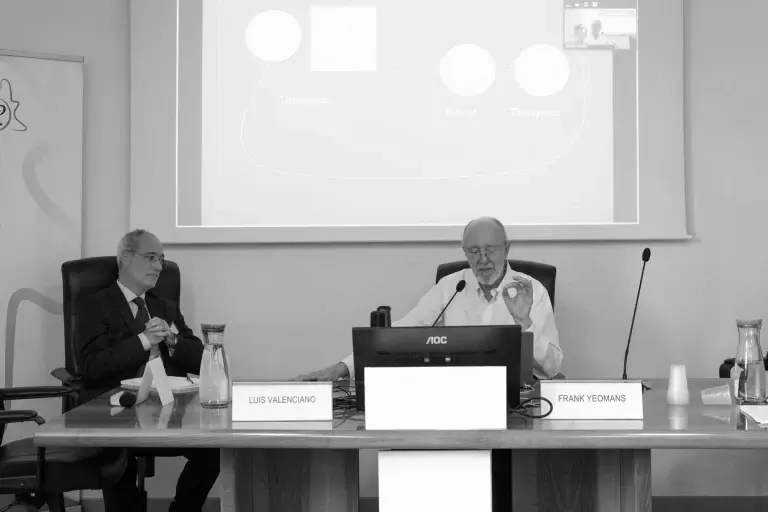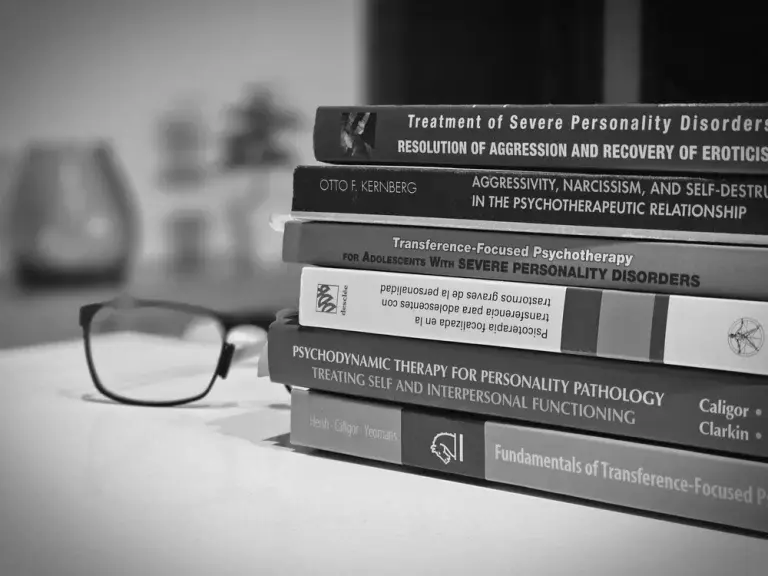Personality disorders in adolescents Yes or no?
Is it Appropriate to Diagnose Personality Disorders in Adolescents?
According to DSM or ICD-10 criteria, Personality Disorder should not be diagnosed in children under 18 years of age since the adolescent brain is still developing, but in practice it is controversial.
Controversy in the Diagnosis According to DSM and ICD-10
It does not matter whether we call it Personality Disorders (PD) or Maladaptive Personality Traits. The important thing is for the clinician to keep in mind, regardless of how it is named, that adolescents and young adults may suffer from personality disorders that are not characteristic of this stage of development.
Manifestations and Risks of Personality Disorders in Young People
Often these disorders manifest themselves with impulsive symptoms such as suicide attempts, self-injury, eating disorders, unsafe sex, risky behaviors including alcohol intoxication, recreational, but eventually dangerous, consumption of toxic substances.
The Impact on Academic and Social Life
These personality difficulties can also manifest themselves with school absences, social isolation and, in short, a pseudo-depressive clinical picture that could respond to pharmacological treatment (there is a great contemporary controversy as to whether the prescription of antidepressants to children and adolescents increases the risk of suicide).
Effective Treatments for Personality Disorders in Adolescents
More and more clinicians understand that behind the depressive, anxious and/or impulsive symptomatology, there is a personality problem, which allows the adolescent to have an adequate treatment, tailored to him/her.The treatment of choice is usually psychotherapy.
Comparison of Different Therapeutic Approaches
Specific psychotherapies for Personality Disorders (in adolescents) are DBT (Dialectical Behavioral), Mentalization and Transference Focused Psychotherapy (TFP).
The Importance of the Role of Parents and Family in Treatment
The three types of psychotherapy have some points in common, one of which is the involvement of the parents in the adolescent’s treatment, since they take into account the fundamental role that parents play in the young person’s development.
Beyond Diagnosis: Understanding Adolescent Personality
Although all three forms of treatment have empirical evidence that they work, TFP (Transference Focused Psychotherapy) is more lively, more dynamic with the adolescent patient and less didactic.
Reflection and Self-Knowledge through Psychotherapy
It is not so much about teaching isolated techniques, but about living and analyzing a meaningful relationship between patient and therapist, understanding that many of the things that happen in this therapeutic relationship between adolescent and therapist are also happening outside (with parents, schoolmates, studies, etc.). It is a psychotherapy that greatly expands reflexivity, knowledge of oneself and how the patient relates.
So, in my opinion, it matters little whether it is called Personality Disorder, Borderline Personality Disorder or Maladaptive Personality Traits, what is relevant is whether the clinician is able to see that behind the symptoms there are personality difficulties that need to be properly treated.








